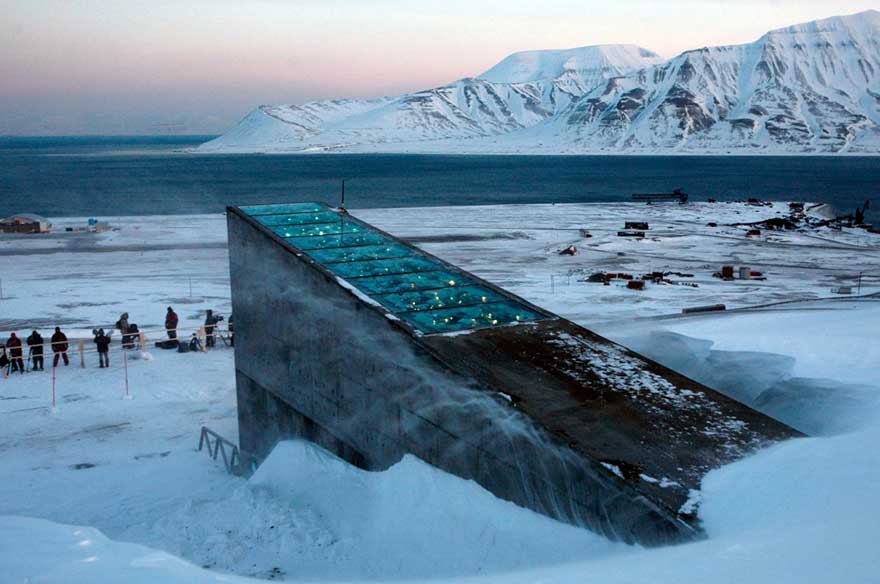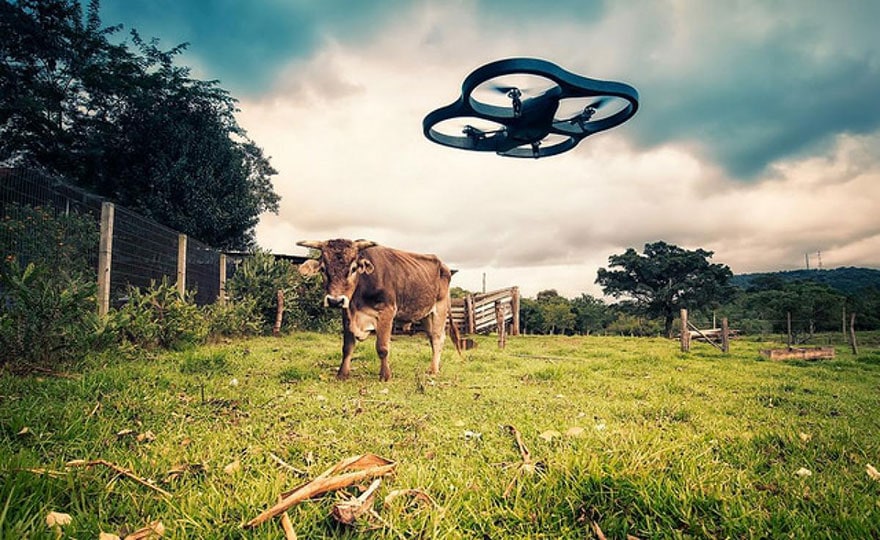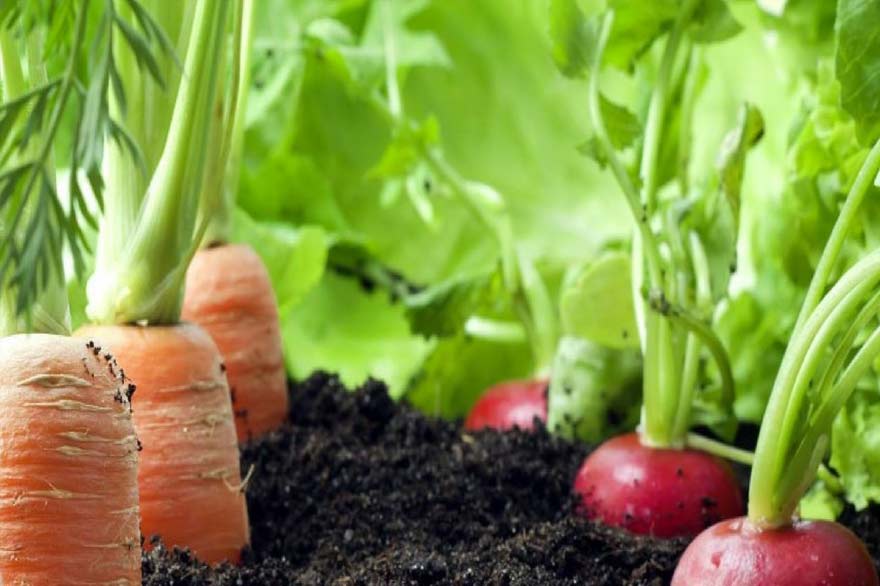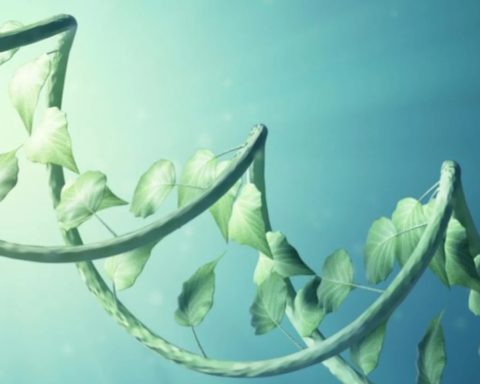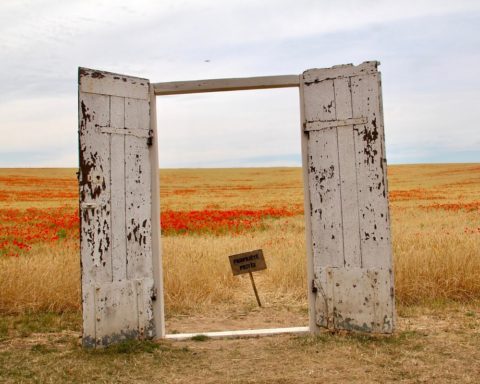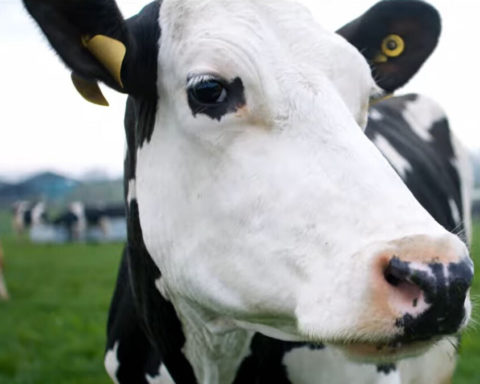Guided tour...
Svalbard is an archipelago in Norway whose climatic and geological conditions are ideal for seed saving.



s that store seed samples of all crops native to the region in which they are located.







In nature too
WILL ALSO READ IN UP: Seed freedom is the future of agriculture

Anything to add? Say it as a comment.

